DVD Studio Pro 1.5 for Macintosh: Visual QuickPro Guide
Martin Sitter
If you are new to both DVD authoring in general and DVD Studio Pro in particular, the 17 chapters in this book are the road map you need. Every page is loaded with information, tips, screen shots, and tutorials designed to walk you through the process of creating a DVD step by step. Starting with basic discussions of different digital formats and the audio and video encoding processes; to the rundown of the DVD Studio Pro interface and the best methods for setting up a project; to building menus, scripts, and importing graphics; Peachpit Press's DVD Studio Pro Visual QuickPro Guidethoroughly covers the process of DVD authoring.
Most important, this book doesn't end with the basics. The final section, consisting of four chapters, details how to create a 16:9 formatted disc, multiple language tracks, adding subtitles, scripting, and creating hybrid DVDs. The clear and concise text and graphics make this book a pleasure to work through, and the supple paper and binding help it stay flat on your desk while working with it. Although no CD-ROM (or DVD) is included, there is an accompanying Web site for downloading examples cited in the book, and even a bonus project not listed in the book.
Peachpit's DVD Studio Pro Visual QuickPro Guideis the perfect companion to Apple's professional-grade DVD authoring package. Authoring a professional and polished DVD can be an elusive goal, especially for the beginning DVD creator. Learning to use a tool like Apple's DVD Studio Pro with this QuickPro Guide, however, is possibly the fastest and easiest way to climb the hardest part of the learning curve. —Mike Caputo
0321115473
The Complete Book of Heraldry
Stephen Slater
Accessible and contemporary in style, this book is a clear introduction to novices and contains much of interest to the expert. It is lavishly illustrated with newly commissioned art.
0754810623
|
On Beauty
Zadie Smith
In an author's note at the end of On Beauty, Zadie Smith writes: "My largest structural debt should be obvious to any E.M. Forster fan; suffice it to say he gave me a classy old frame, which I covered with new material as best I could." If it is true that imitation is the sincerest form of flattery, Forster, perched on a cloud somewhere, should be all puffed up with pride. His disciple has taken Howards End, that marvelous tale of class difference, and upped the ante by adding race, politics, and gender. The end result is a story for the 21st century, told with a perfect ear for everything: gangsta street talk; academic posturing, both British and American; down-home black Floridian straight talk; and sassy, profane kids, both black and white.
Howard Belsey is a middle-class white liberal Englishman teaching abroad at Wellington, a thinly disguised version of one of the Ivies. He is a Rembrandt scholar who can't finish his book and a recent adulterer whose marriage is now on the slippery slope to disaster. His wife, Kiki, a black Floridian, is a warm, generous, competent wife, mother, and medical worker. Their children are Jerome, disgusted by his father's behavior, Zora, Wellington sophomore firebrand feminist and Levi, eager to be taken for a "homey," complete with baggy pants, hoodies and the ever-present iPod. This family has no secrets—at least not for long. They talk about everything, appropriate to the occasion or not. And, there is plenty to talk about.
The other half of the story is that of the Kipps family: Monty, stiff, wealthy ultra-conservative vocal Christian and Rembrandt scholar, whose book has been published. His wife Carlene is always slightly out of focus, and that's the way she wants it. She wafts over all proceedings, never really connecting with anyone. That seems to be endemic in the Kipps household. Son Michael is a bit of a Monty clone and daughter Victoria is not at all what Daddy thinks she is. Indeed, Forster's advice, "Only connect," is lost on this group.
The two academics have long been rivals, detesting each other's politics and disagreeing about Rembrandt. They are thrown into further conflict when Jerome leaves Wellington to get away from the discovery of his father's affair, lands on the Kipps' doorstep, falls for Victoria and mistakes what he has going with her for love. Howard makes it worse by trying to fix it. Then, Kipps is granted a visiting professorship at Wellington and the whole family arrives in Massachusetts.
From this raw material, Smith has fashioned a superb book, her best to date. She has interwoven class, race, and gender and taken everyone prisoner. Her even-handed renditions of liberal and/or conservative mouthings are insightful, often hilarious, and damning to all. She has a great time exposing everyone's clay feet. This author is a young woman cynical beyond her years, and we are all richer for it. —Valerie Ryan
1594200637
Effective TCP/IP Programming: 44 Tips to Improve Your Network Programs
Jon C. Snader
Many C/C++ programmers know at least the basics of TCP/IP, but becoming an expert network programmer usually requires a lot of experience and sometimes hard-to-find knowledge. Written to give the intermediate or advanced developer a leg up in creating robust network applications using TCP/IP and related protocols, Effective TCP/IP Programmingoffers a truly valuable review and guide to getting the most out of your networked programs that are based on this popular standard.
This book is packaged as a series of 44 tips for better TCP/IP programs, but it actually does much more. Early sections review the basics of the TCP, UDP and IP protocols, along with related standards. A winning feature here is the author's care to distinguish between the well-known BSD (for Unix) and Winsock (for Windows) versions of sockets. (By using macros and "skeleton" programs, his sample C code will run easily on either implementation.)
Besides offering nuts-and-bolts programming advice and plenty of hints for better performance, Snader also discusses how IP works under the hood. Standout sections here include a discussion of the pitfalls of scaling a stand-alone or LAN TCP/IP application to the Internet, as well as what a "reliable" protocol like TCP really means. He shows you how to handle misbehaving servers and clients, and how to use multiple sockets effectively, and he offers several useful tips for optimizing data streamed across the wire. Although he doesn't mention Java here (which offers strong socket support on its own), the author does provide Perl examples that work with sockets in order to get you started with sockets used within scripting languages.
Because IP is the protocol of choice for the Internet, more and more of us are faced with becoming socket-programming experts in a hurry. In all, Effective TCP/IP Programmingoffers a good mix of basic and advanced tips on today's IP and related protocols. It's a valuable resource for any developer who programs for the Internet and wants to write better code using sockets. —Richard Dragan
Topics covered:TCP/IP overview and programming tips, Berkeley Socket Distribution (BSD) vs. Winsock/Windows socket implementation issues, connected and connectionless protocols, network-programming frameworks, UDP vs. TCP, reliable protocols, network programming for single workstations, LANs and WANs; event-driven programming, improving write operations, IP packet layout, byte ordering issues, the Nagle and delayed ACK algorithms, using network utilities: inetd, tcpmux, tcpdump, traceroute, ttcp,and netstat; and resources and hints for improving network-programming skills.
0201615894
The Lost Treasure of the Knights Templar: Solving the Oak Island Mystery
Steven Sora
When the Order of Knights Templar was destroyed in 1307, the secret society supposedly had vast wealth that was rumored to include the genealogies of David and Jesus and other religious artifacts as well as your run-of-the-mill gold and jewels. Over 200 years ago, the site of an elaborate vault was discovered by three teenagers on Oak Island, Nova Scotia, which was determined to have been built sometime between the 14th and 16th centuries. Author Steven Sora has been investigating both the Order and the vault for over 17 years, and The Lost Treasure of the Knights Templardetails his fascinating theory of where the Templar's hoard went and what is buried under Oak Island. If you enjoy real-life mystery, the intrigues of secret societies, or thoughtfully researched revisionist history, this one's for you. —P. Randall Cohan
0892817100
|
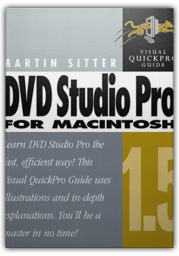
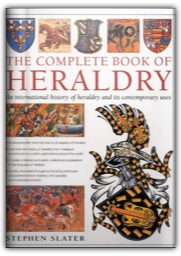
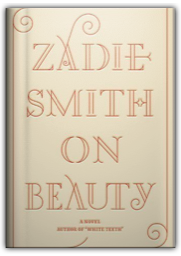
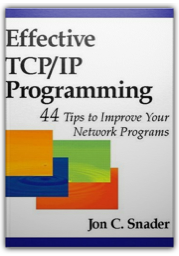

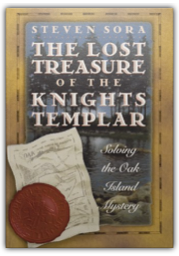

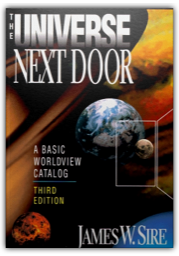


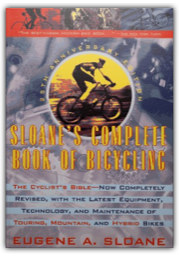
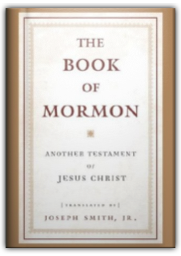
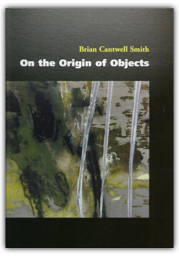



 Made with Delicious Library
Made with Delicious Library